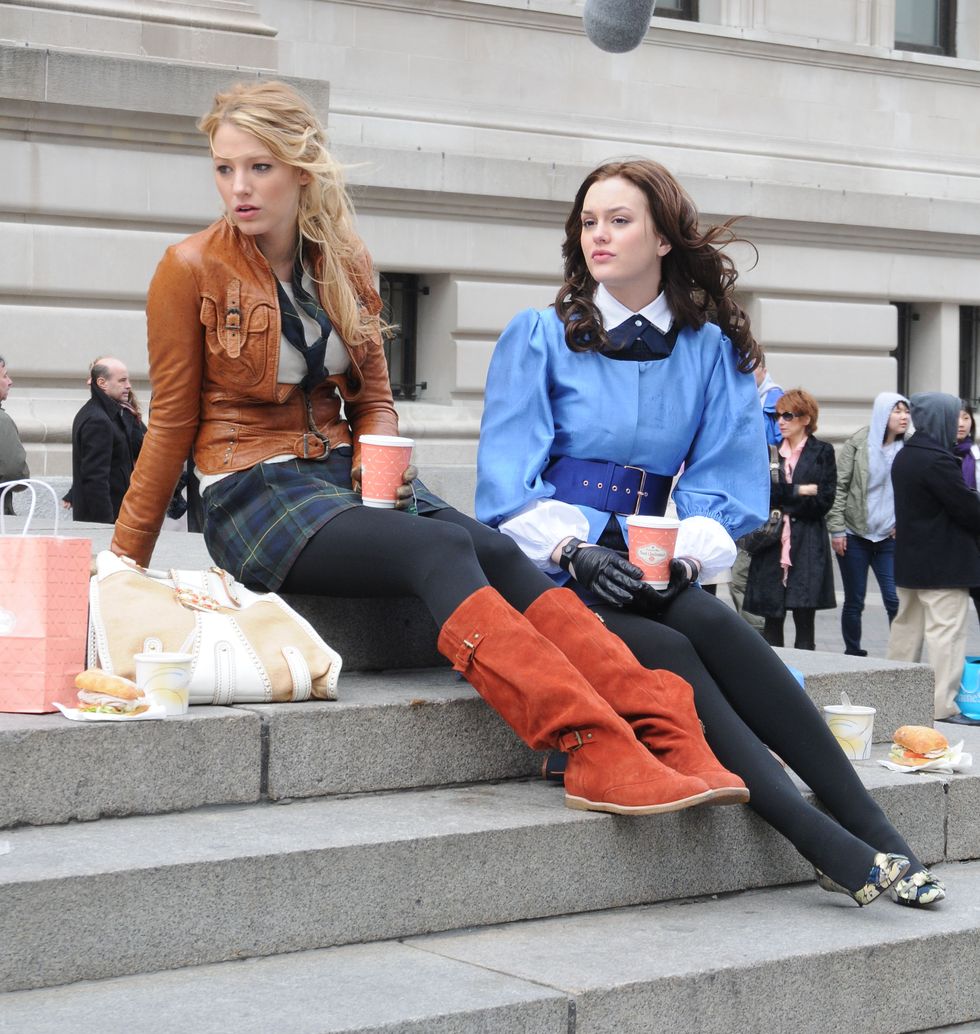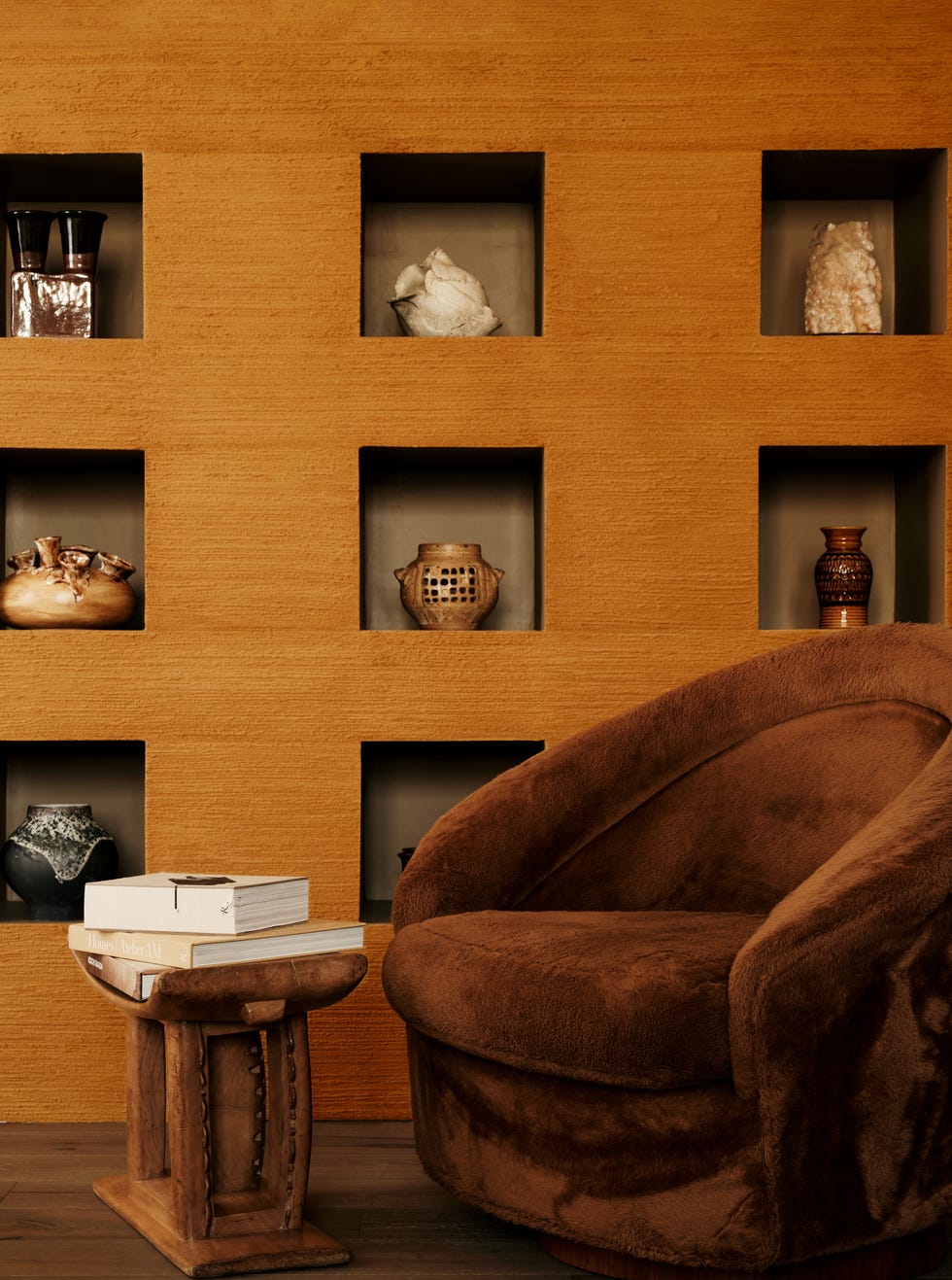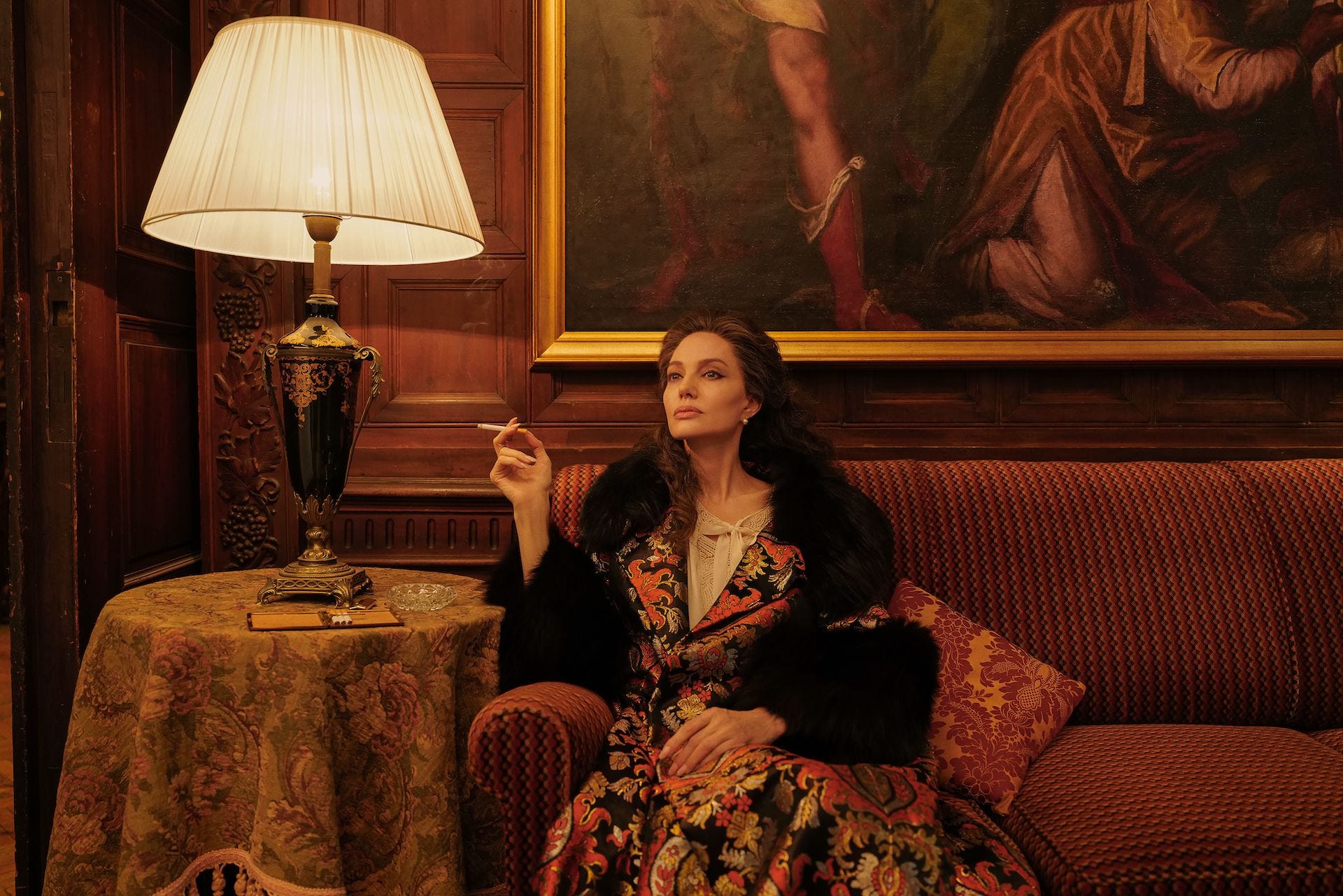“I was amazed by the array of steps, like a ziggurat leading up to a building four blocks long. Walking up to the entrance was, for someone interested in art, like scaling the Acropolis,” former Costume Institute curator Harold Koda told Town & Country.
The Met steps have transcended their utilitarian purpose to become a phenomenon in their own right—New York’s front porch, intertwined with the city’s everyday life. They have been immortalized in pop culture, from their starring role in Gossip Girl to countless films and fashion shoots, and, of course, the Met Gala red carpet. They’ve witnessed first kisses, marriage proposals, impromptu performances, and political demonstrations—a rare space where the elite and everyday citizens share common ground. They are, in themselves, a democratic institution—one that, for one night each May, transforms into the world’s most watched runway, before returning to their everyday role. Though this cultural landmark is barely pushing 50, it has utterly transformed both the institution and the city around it.
Despite their timeless look, the Met’s majestic staircase is a relatively recent addition to the museum’s facade. Constructed in 1975 under the direction of Museum Director Thomas Hoving and with funding from philanthropist Lila Acheson Wallace, the steps replaced what was rather unflatteringly known as “the doghouse”—a narrow stairway leading to a wooden vestibule that hardly befitted one of the world’s greatest cultural institutions.
Architect Kevin Roche, who passed away in 2019, transformed the museum’s entrance with the staircase, which soars 13½ feet high and stretches 154 feet wide. This dramatic renovation didn’t just enhance the building’s grandeur, but it also democratized access, creating a more welcoming approach from Fifth Avenue that invited the public to engage with art in new ways.
The renovation wasn’t limited to the steps alone. Flanking fountains and a verdant addition of 76 trees created a harmonious transition between the museum and its Central Park surroundings. In 2009, the steps underwent a year-long restoration project that addressed structural issues while maintaining their original appearance. Though some critics lamented the missed opportunity to better harmonize the modernist stairs with the Beaux Arts facade, New Yorkers were simply grateful to have their beloved public space returned to them. The steps’ importance was particularly evident during their closure, as their absence—along with simultaneous renovations at Washington Square Park and Lincoln Center—left Manhattan noticeably duller.
What Roche likely couldn’t have predicted was how his architectural contribution would transcend into what architectural critic Paul Goldberger described as an “arguably more important urban event than the building to which they lead.” The Met steps embody the best of New York itself—a space that can be both extraordinarily glamorous and refreshingly ordinary, a cultural icon that belongs to everyone.

Julia Cancilla is the engagement editor (and resident witch) at ELLE Decor, where she manages the brand’s social media presence and covers trends, lifestyle, and culture in the design world. Julia built her background at Inked magazine, where she grew their social media audiences by two million, conducted interviews with A-list celebrities, and penned feature articles focusing on pop culture, art and lifestyle. Over her five years of digital media experience, Julia has written about numerous topics, from fashion to astrology.







